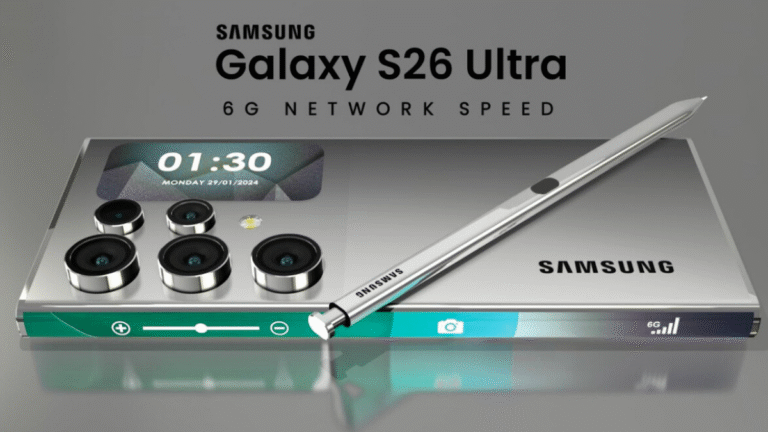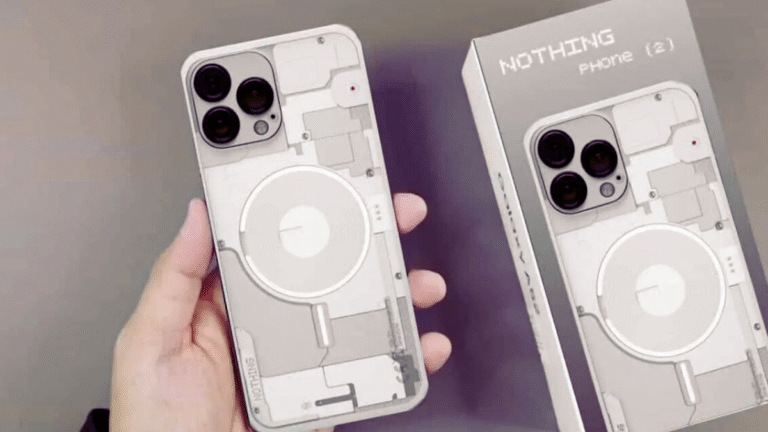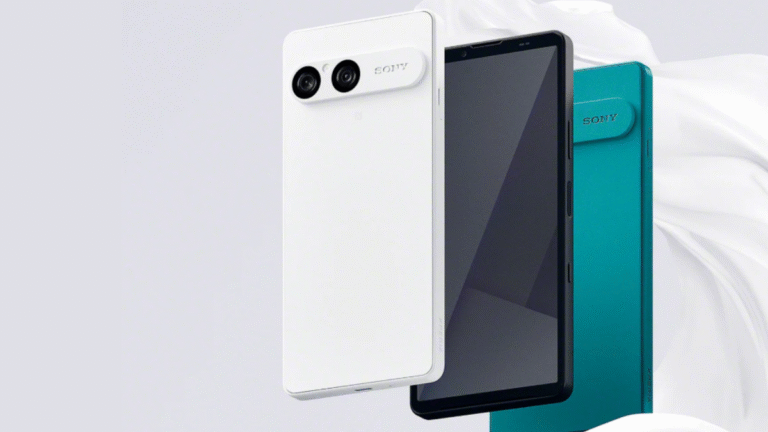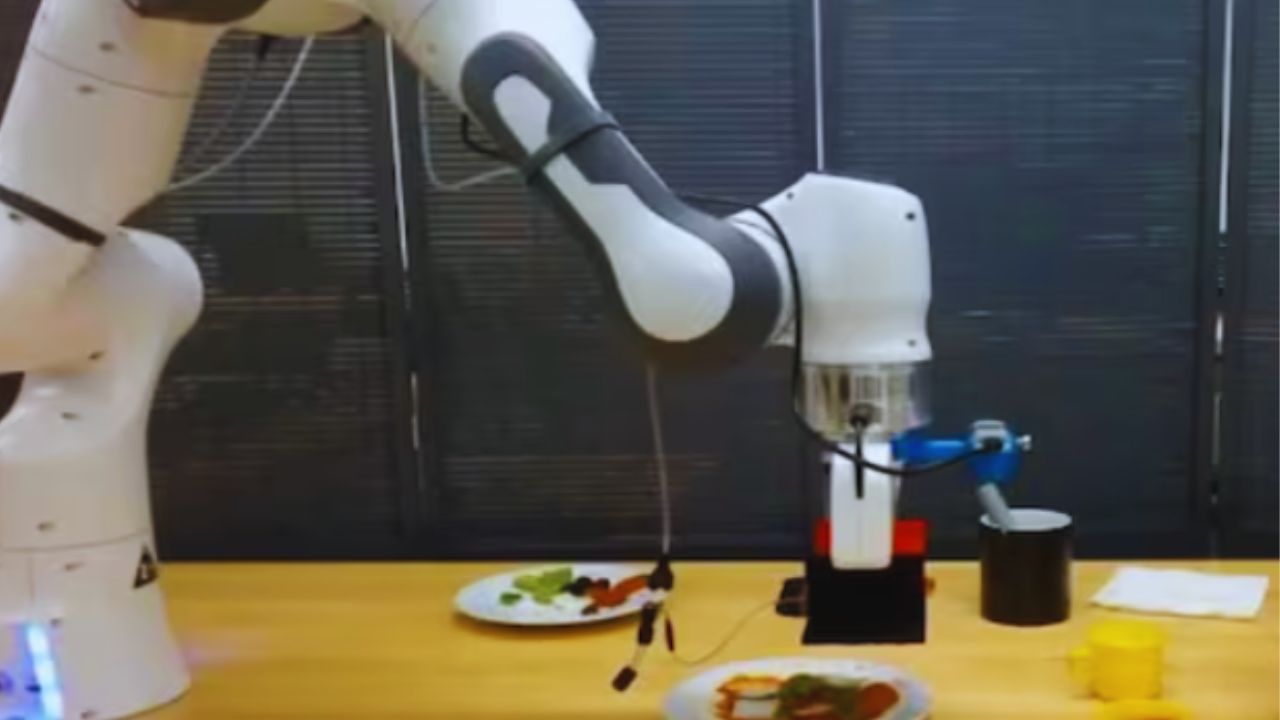
Revolution on Wheels: Engineers Unveil Groundbreaking Robotic System to Empower People with Mobility Impairments
In a remarkable leap forward for assistive technology, a team of engineers has developed a state-of-the-art robotic system specifically designed to aid individuals with mobility impairments. This innovation, hailed as a beacon of hope for millions around the world, merges robotics, AI, and human-centered design to transform how people with limited mobility interact with their environments.
The Breakthrough Innovation
Dubbed as the “Adaptive Mobility Assistance System” (AMAS), this robotic solution is not just another wheelchair or exoskeleton—it’s a smart, responsive, and highly customizable system that adapts to the unique needs of its user. Developed by a multidisciplinary team of roboticists, biomedical engineers, and neurologists, AMAS integrates real-time data processing, voice recognition, and machine learning algorithms to deliver tailored support to users in dynamic environments.
The system includes a compact robotic base equipped with wheels or tracks, depending on terrain requirements, and a modular attachment setup that allows for the integration of arm supports, lifting systems, and even standing aids. The highlight, however, lies in its intelligent navigation and adaptive interface.
Intelligent Navigation: More Than Just Movement
AMAS is powered by a suite of sensors—LiDAR, ultrasonic range finders, and cameras—allowing it to navigate through complex indoor and outdoor settings. It can detect obstacles, calculate the safest route, and even adjust its speed and movement patterns based on the user’s body signals or verbal instructions.
The AI system continuously learns from the user’s daily routines, preferences, and movement habits, enhancing both comfort and usability. For instance, if a user frequently visits a specific area in their home, AMAS can store that path and offer automated assistance without the need for repeated commands.
Human-Machine Harmony: Designed with Empathy
What truly sets AMAS apart is its user-centric design. Engineers spent over a year conducting extensive field research, including interviews and trial runs with individuals who have various mobility challenges—such as those with spinal cord injuries, muscular dystrophy, cerebral palsy, and age-related conditions like arthritis or Parkinson’s disease.
The system features an intuitive touchscreen interface, voice command compatibility, and optional smartphone connectivity. Users can control the device with minimal physical input—via eye-tracking, head gestures, or even brain-computer interface (BCI) modules in advanced setups. This makes it accessible even to those with extremely limited motor function.
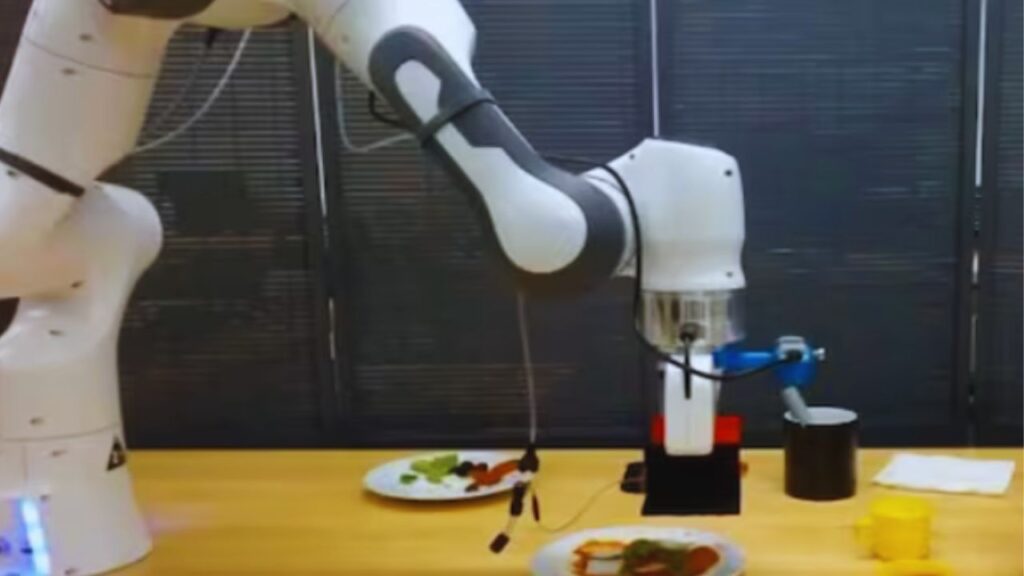
Rehabilitation and Physical Therapy Support
Beyond daily mobility, AMAS is also engineered to support rehabilitation efforts. In partnership with physical therapists, the engineers integrated guided movement exercises and resistance training modules into the system. This makes it a dual-purpose tool: assisting with daily tasks and aiding in physical recovery or conditioning.
Real-World Applications and Trials
Initial clinical trials have shown promising results. In a pilot study involving 50 participants across various mobility impairment categories, over 85% reported a significant improvement in their ability to perform daily activities independently. Participants also noted psychological benefits, including increased confidence and reduced feelings of isolation.
The system is currently undergoing larger-scale trials in hospitals and rehabilitation centers in the United States, Europe, and parts of Asia. Collaborations with insurance providers and health tech startups are underway to ensure affordability and accessibility for the masses.
Future Vision: Beyond Individual Assistance
While the current focus is on individual users, the engineering team envisions a broader application of the technology. Future versions of AMAS could be used in eldercare facilities, hospitals, and disaster zones to assist those with temporary injuries or age-related impairments. Plans are also in motion to integrate the system with smart home technology, enabling seamless interaction between the user, their home, and their mobility aid.
The development of this robotic system marks a transformative step in the quest for inclusivity and independence for people with mobility impairments. By merging cutting-edge robotics with compassionate design, engineers are not just building machines—they’re rebuilding possibilities, one innovation at a time.
As technology continues to evolve, systems like AMAS will not only redefine mobility but will also pave the way for a more inclusive, empowered, and connected world.
